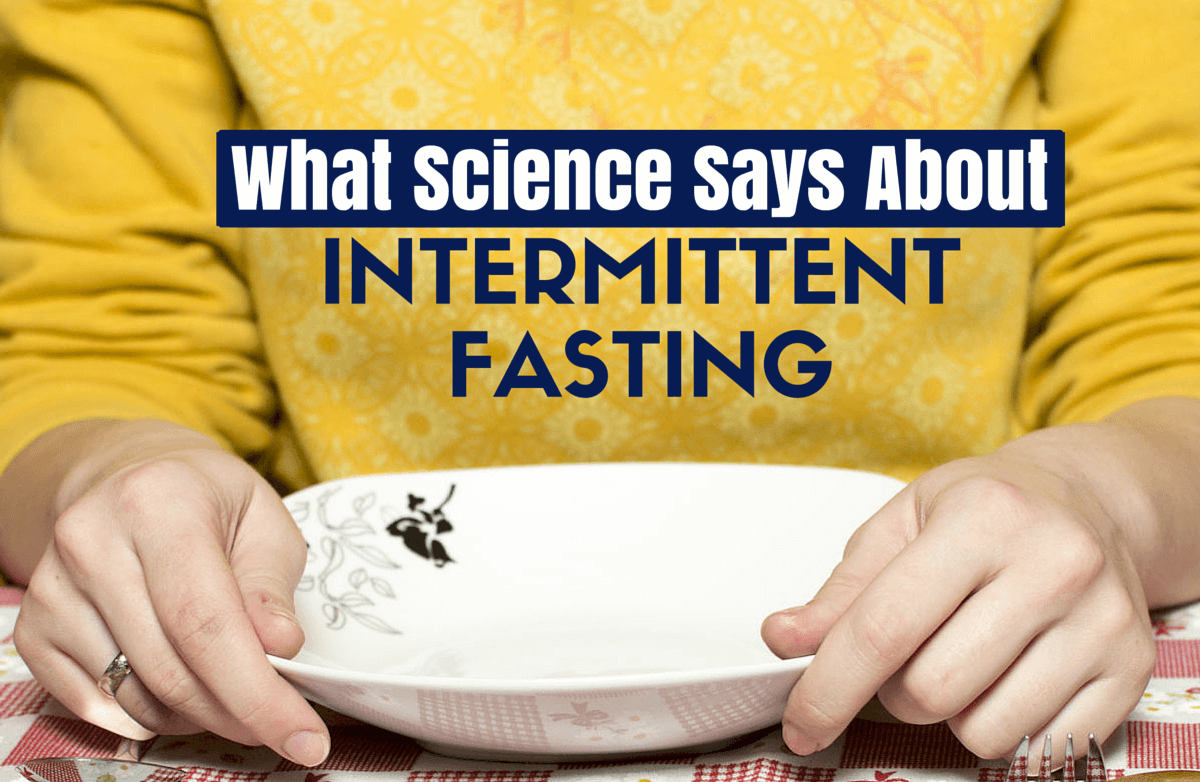|
Peanut butter versus almond butter. Yoga versus Pilates. Treadmill versus trail running. There are many debates in the world of health and fitness, but the question I'm asked more than most others is this: aerobic exercises or strength training? When first meeting with clients it is not uncommon to hear that they either only do cardiovascular workouts or only do strength training, typically believing that one is superior to the other. There is often a fear to venture into the unknown or a simple belief that it is unnecessary, and in this time-crunched world, who can fit both in anyway? At one point in my life, I thought similarly. I am a longtime runner and, I hate to admit it, but there were a few years when running was my only form of exercise. I thought my miles logged week after week were all I needed to maintain or improve health. Through education, personal experience and peer-reviewed articles, I have come to find the fault in my prior thinking. The main takeaway? Cardio should not rule all. Yes, it is necessary and offers numerous health benefits, but alone, it is not the complete answer to lifelong health. The fact is, one is not "better" than the other. Cardiovascular exercise and strength training are both important for overall health, but for true change to occur, finding a healthy balance between the two is key. When put together, they both can helps us achieve our personal health goals and ward of disease better than either one can alone. And that is the real difference. Can you lead a generally healthy life when only doing cardio? Sure, probably. Can you do the same with strength? Possibly. But when allowed to complement one another, cardiovascular workouts and strength training combined can result in a greater positive impact on long-term and overall health. Building Better BodiesThe U.S. Department of Health and Human Services recommends that adults engage in at least 150 minutes of moderate-intensity physical activity per week. In addition to that recommendation, it also encourages adults to engage in muscle strengthening exercise for all major muscle groups two or more days per week. You'll notice the recommendation is not one or the other, but rather both. Despite these recommendations, only 22.9 percent of Americans between the ages of 18 and 64 are meeting both goals—a percentage many health organizations are aiming to increase. Research shows that regular engagement in cardiovascular exercises can improve overall health while helping reduce the risk of diseases such as obesity, heart disease, Type 2 diabetes, stroke and some cancers. It has been found to lower blood pressure and can raise HDL cholesterol, the "good" cholesterol. Additionally, it can reduce stress, help provide better quality sleep, ward off osteoporosis and provide relief from depression. It is an excellent way to lose weight or maintain a healthy weight due to its ability to burn fat and torch calories. Cardiovascular exercise has even been shown to lead to a longer life. When we begin a cardiovascular exercise our hearts start pumping faster and breathing accelerates. These may seem like basic responses from a body under stress, but so much more is physically happening within us that leads to improved health and functionality. As we breathe faster, we increase the amount of oxygen in our blood; as our heart beats more quickly, our blood flow increases and our capillaries dilate allowing even more oxygenated blood to move toward working muscles. Over time and with continued engagement, the heart becomes stronger just like any other muscle. With this strength comes efficiency as oxygen is delivered more effectively, hemoglobin levels rise, insulin sensitivity and glucose tolerance improve, and mood-enhancing endorphins are released. With continued engagement, we see a reduction in the risk of cardiovascular disease which is the leading cause of death in America for both men and women. With so many benefits, it's no wonder that many people look to cardio as their first step toward an exercise program. So where does strength training come in? With all the obvious and well-researched benefits of cardiovascular exercises, do we even need to worry about adding in strength training? The answer is simply, yes. As we age, we lose muscle mass. In fact, we can begin to lose as much as three to five percent per decade after the age of 30. This loss of muscle results in increased weakness. Combined, these two can lead to a decrease in daily movement, poor balance and coordination, and a greater risk of falls resulting in fractures. Strength training, however, is known for its ability to build lean muscle mass. When we lift weights, use resistance bands or our own body weight for exercises, we overload our muscles, causing little tears in our muscle fibers. Our bodies respond to this damage and work to repair these tears. The result: thicker muscle fibers and greater muscle mass. But strength training isn't just about increasing muscle—it can also prevent injuries, help maintain weight loss, reduce the symptoms of many chronic conditions, and improve stability, mobility and balance. By building lean muscle mass we can boost metabolism and burn more calories over the course of the day, ultimately aiding in weight loss and weight maintenance. The healthy stress we put on our bodies during this type of training has been shown to not only slow bone loss, but reverse bone loss and improve bone density. Research shows that regular strength training can even boost brain cognition and self-esteem. Striking the Perfect BalanceAlone, neither form of exercise offers us the complete health package. Both have numerous health benefits, with some results overlapping, others not, but all enhancing one another. Regardless of your end goal, whether it is weight loss, increased endurance, building strength or gaining speed, adding variety into your routine by incorporating both cardiovascular exercises and strength training can help you get closer to your finish line while having a significantly positive impact your health. This variety can also override the monotony that comes from following the same exercise routine week in and week out, adding fun and additional gains to your efforts. Cross-training is also important in overuse injury prevention. Everyone is different, of course, and there is not a one-size-fits-all approach when it comes to the specifics of physical activity. We all have different goals which means we should tailor our cardiovascular and strength training routines based on our end goal. For some, this may mean HIIT classes to improve heart health; for others, long runs with added free weights or walking plus yoga to work on endurance. While there's no specific prescription, the crucial takeaway here is that incorporating both forms into your routine and finding a balance that works for you can improve your health and long-term goals. If you're confused about where to start, consider setting up an appointment with a personal trainer who can help you pinpoint your perfect balance. At the end of the day, the most important factor for all types of physical activity is enjoyment. You are more likely to continue with an exercise routine you enjoy so try out different workouts, studios and classes until you discover the variety of heart-pumping and muscle-building activities you love and maybe even look forward to doing. Then, get moving.  About the Author Laura Fischer is a certified health coach and fitness nutrition specialist with a Master of Science in health and physical activity. She is a Health Coach Coordinator for Spark360 and is based in the greater Pittsburgh area. As a mother of three young children, Laura loves long outdoor runs, creating nutritious meals for her family and cheering on her alma mater, the Fighting Irish. About the Author Laura Fischer is a certified health coach and fitness nutrition specialist with a Master of Science in health and physical activity. She is a Health Coach Coordinator for Spark360 and is based in the greater Pittsburgh area. As a mother of three young children, Laura loves long outdoor runs, creating nutritious meals for her family and cheering on her alma mater, the Fighting Irish.
|
More From SparkPeople
|





















